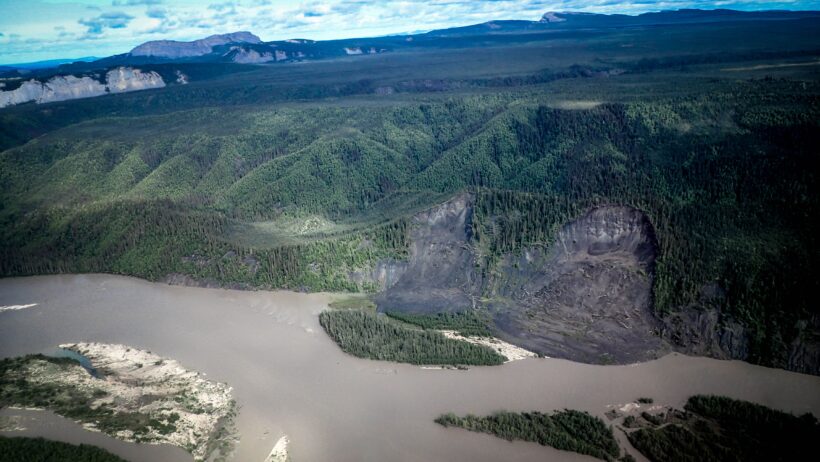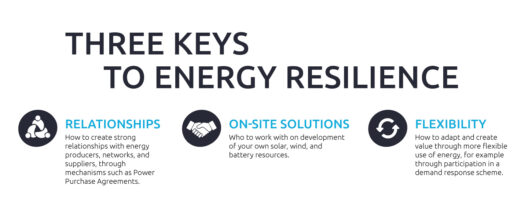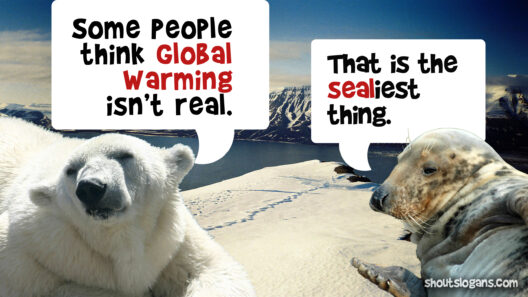Permafrost, a pervasive geological feature found predominantly in Arctic and subarctic regions, has long been regarded as a stable yet dormant landscape. This frozen soil layer, which can extend several meters below the ground’s surface, has captured the world’s attention due to its significant implications for climate change. However, the accelerating thaw of permafrost is an emergent crisis that presents unforeseen challenges and dire consequences for global warming.
The implications of permafrost thawing are multifaceted and complex. To begin understanding the magnitude of this issue, it’s essential to solicit insight into the composition of permafrost itself. Made up of a mixture of soil, rocks, and organic matter, permafrost is effectively ‘frozen carbon.’ It contains an estimated 1,500 billion metric tons of carbon, more than double the amount of carbon currently in the atmosphere. When permafrost thaws, this organic matter decomposes, releasing carbon dioxide (CO2) and methane (CH4) – potent greenhouse gases – into the atmosphere. This phenomenon significantly amplifies the greenhouse effect, thereby accelerating global warming.
The thaws are exacerbated by a positive feedback loop known as the climate-carbon feedback. As global temperatures rise, permafrost begins to thaw, which releases more greenhouse gases, subsequently increasing temperatures further and resulting in more thawing. This cycle illustrates not just a superficial peril but a profound systemic risk to our climate stability.
Geographically varied, permafrost exists in different forms and environments. Continuous permafrost constitutes an uninterrupted layer of frozen ground, while discontinuous permafrost exhibits patches of frozen and unfrozen ground intermixed. In areas of sporadic permafrost, the thaws may occur selectively, making predicting permafrost behavior an arduous task. Moreover, the degradation of ice-rich permafrost often leads to the formation of thermokarst, a landscape characterized by surface subsidence, erosion, and the creation of waterlogged depressions. These striking changes in topography reflect a rapidly transforming ecological system that can destabilize entire ecosystems.
In addition to immediate environmental impacts, the thawing of permafrost poses serious implications for infrastructure and communities that depend on this once-stable layer. In the Arctic regions, where indigenous populations and modern settlements are interwoven, melting permafrost destabilizes houses, roads, and other critical infrastructures. These community disruptions add layers of socio-economic vulnerability, increasing relocation costs and threatening traditional ways of life.
On a broader scale, the Arctic operates as a barometer for global climatic changes. The retreat of permafrost not only contributes to rising sea levels but also disrupts weather patterns beyond its geographical confines. When released into the atmosphere, the additional greenhouse gases can alter atmospheric circulation patterns, leading to unpredictable weather events worldwide, from intensifying hurricanes to unprecedented flooding and drought events.
Understanding and addressing the perils of permafrost thawing requires a multi-faceted approach. On a scientific front, there’s an urgent need for refined climate models that accurately represent the role of permafrost in carbon cycling and global warming. Current climate predictions might be underestimating the contributions of permafrost thaw merely because they fail to incorporate the rapidly changing variables associated with its dynamics.
Furthermore, policy interventions play a crucial role in mitigating these effects. Governments and international organizations must embrace aggressive carbon reduction initiatives that limit greenhouse gas emissions. Transitioning to renewable energy sources, enhancing energy efficiency practices, and investing in carbon capture technologies are all vital strategies in combating climate change. Moreover, initiatives should be developed in conjunction with indigenous voices who have long preserved knowledge about the land and its fluctuations, incorporating cultural practices into contemporary climate strategies.
Public awareness and education are also critical. The scientific community bears the onus of communicating the complex ramifications of permafrost thaw to the general populace in an accessible manner. Elevating discourse surrounding climate change, emphasizing the permafrost connection, is instrumental in fostering a more environmentally conscious society. Engaging all demographics through community projects, educational campaigns, and the promotion of sustainable practices will bolster collective action toward climate preservation.
Despite these challenges, innovative solutions provide hope. Researchers are developing ground-penetrating radar and satellite technologies for real-time monitoring of permafrost dynamics, which surpass traditional methods of data collection. Additionally, resilience planning has emerged as a focal point for communities directly affected by permafrost thaw. Investment in resilient infrastructure and sustainable land management practices can mitigate some adverse effects while providing a framework for adapting to the changes already in motion.
Permafrost’s peril encapsulates an urgent call to action. It is an intricate web of environmental, social, and economic challenges that society must confront, recognizing that the impacts of climate change are not isolated phenomena but interconnected issues demanding comprehensive solutions. As the landscape shifts beneath our feet, it is incumbent upon us to advocate for effective policies, invest in scientific research, and educate society, forging a path through the impending chaos of a warming world. Recognizing the fragile balance of our ecosystems is paramount in confronting the invisible dangers posed by thawing permafrost, ensuring a viable planet for future generations.







